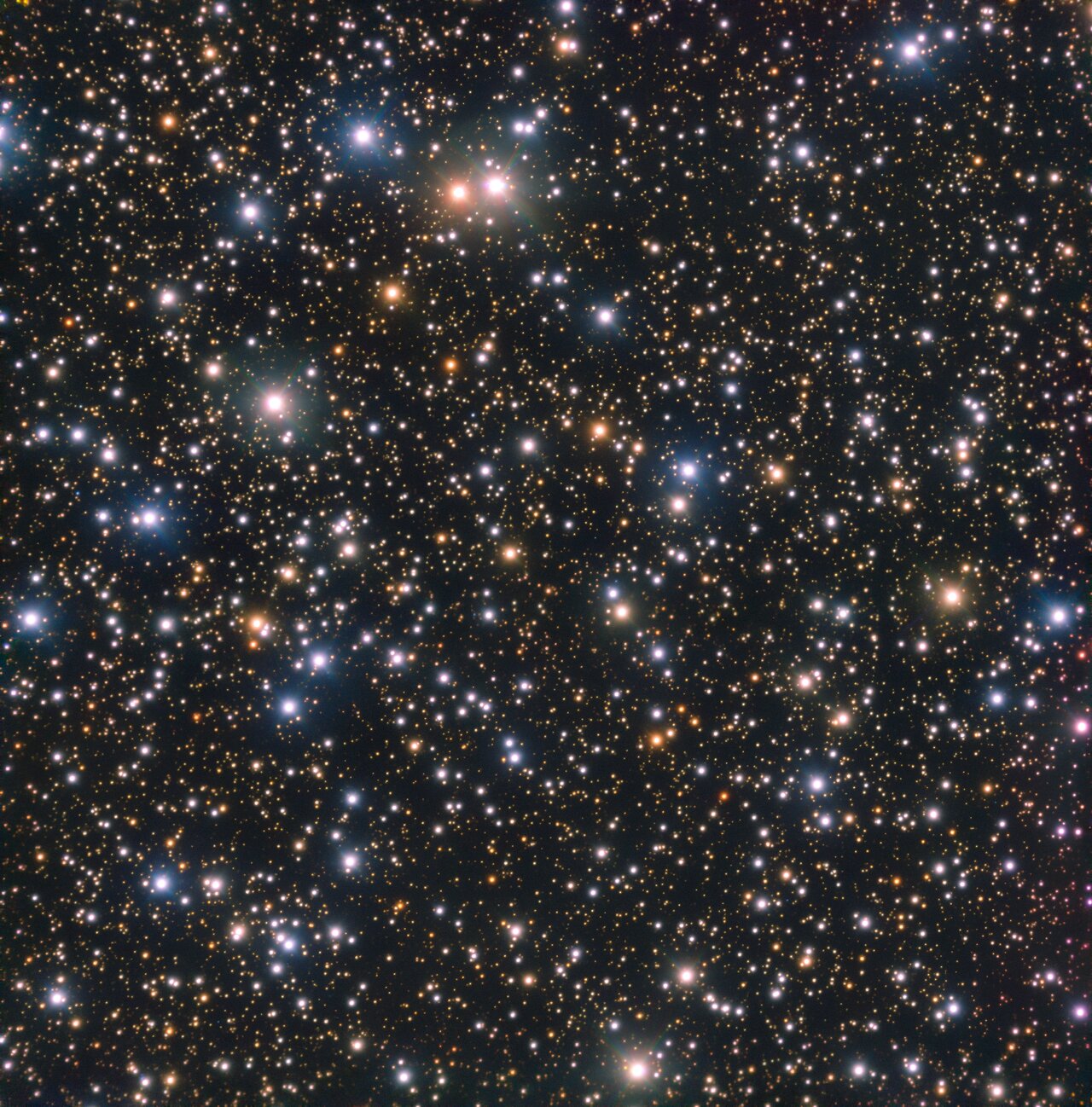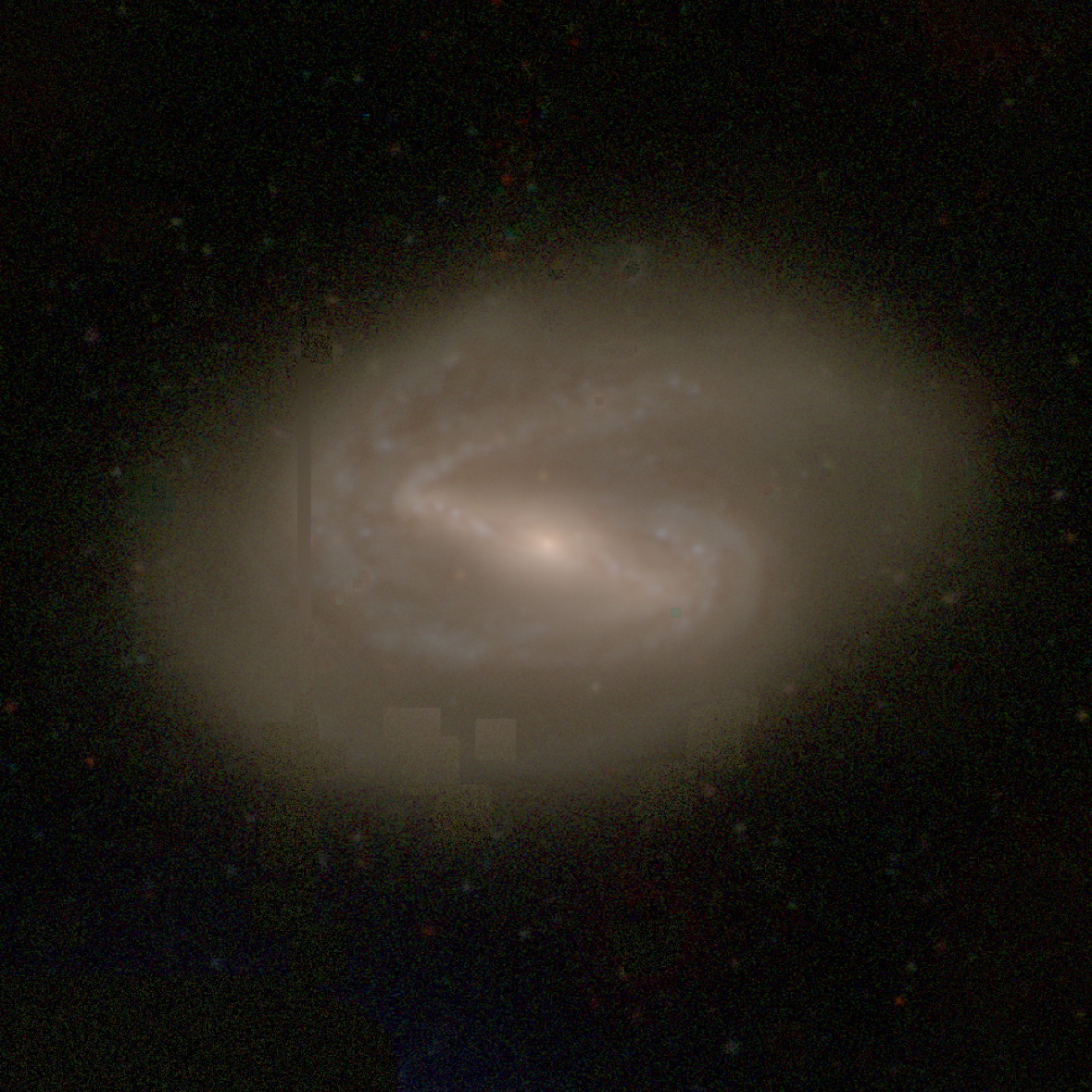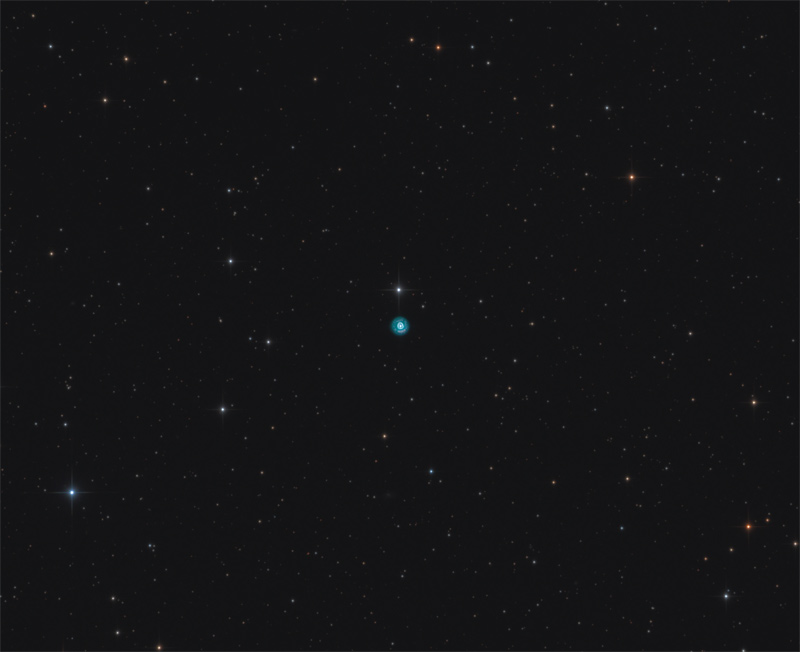Page 1 of 3
Found Images: 2020 July
Posted: Thu Jul 02, 2020 3:48 pm
by bystander
Have you seen a great image or video somewhere that you think would make a great APOD? Nominate it for APOD! Please post as much information here as you have about the image/video with a link to any source(s) for it you know of here, and the editors will take a look.
When posting the image itself, please do not post anything larger than a thumbnail here; please honor the copyright holder's copyright.
Please keep hotlinked images under 500K.
Thank you!
<< Previously
Re: Found Images: 2020 July
Posted: Thu Jul 02, 2020 7:42 pm
by vanamonde81
Solstice Comparison
Copyright: György Soponyai
The first picture was taken atop Storsteinen mountain near Tromsø, Norway in June, 2019. The city lies 350 kilometres North of the Northern Polar Circle so the Sun does not set there between 20th May and 22nd July. Standing at a mountaintop 24 hours for observing and capturing the Midnight Sun was not easy and comfortable but I guess it was worth it.. The foreground photo was taken at local midnight
(00:45).
I took the second picture last Wednesday near Mogyoród, Hungary three days after Summer solstice. This 16-hour-long photo session was neither an easy run due to the ~30 °C temperature, the lack of shadows and the trailing clouds that prevented me keeping the constant 20-minute-pace of photographing the Solar "dots". I took the foreground photo at local noon
(12:44).
Besides presenting the "Longest Days from Different Regions of Earth" as pure astronomical phenomena, placing these photos next to each other we can compare the difference of illumination and colors depending on the height of the Sun (shines from the horizon or atop our head). And it also matters whether we are standing on the top of a snow-patchy mountaintop or in the middle of a bushy meadow.
 2019.06.13-14. Tromsø, Norway
2019.06.13-14. Tromsø, Norway
2020.06.24. Mogyoród, Hungary
Canon EOS 5D Mark II + Sigma EF 8/4.0 (+ ND 1000 filter)
Re: Found Images: 2020 July
Posted: Thu Jul 02, 2020 10:16 pm
by starsurfer
StDr 1
https://www.imagingdeepspace.com/stdr1.html
Copyright: Peter Goodhew
This is one of many discoveries by the amateur astronomers
Xavier Strottner and
Marcel Drechsler.
Re: Found Images: 2020 July
Posted: Thu Jul 02, 2020 10:18 pm
by starsurfer
Ou 2 and NGC 136
https://pbase.com/skybox/image/170331654
Copyright: Kevin Quin
This is one of a few discoveries by the amateur astronomer
Nicolas Outters.
Re: Found Images: 2020 July
Posted: Thu Jul 02, 2020 10:21 pm
by starsurfer
Teutsch 11
https://www.astrobin.com/nk6ya1/
Copyright: Sascha Schüller
You can read more
here.
Re: Found Images: 2020 July
Posted: Sat Jul 04, 2020 9:30 pm
by Meli
Jungfraujoch from Jungfrau East Ridge
Copyright: High Altitude Research Stations
Jungfraujoch and Gornergrat
International Foundation
https://www.hfsjg.ch/wordpress/wp-conte ... C_7412.JPG
From the photo collection:
https://www.hfsjg.ch/en/media/photos/
The Sphinx observatory above the Jungfraujoch in Switzerland is one of the highest astronomical observatories of the world. It is located 3,571 m (11,716 ft) above mean sea level. Nearby is also the Aletsch Glacier, which can be seen from the Sphinx.
The observatory looks almost like it is part of the snow covered mountain.
The astronomical cupola is equipped with a 76cm telescope with Cassegrain and Coudé focus. Initially, astronomy and radiation research were the focus; today it’s environmental and climate research.
The website says that the duplication without express permission of the authors is prohibited. I did not ask for permission, so I will refrain from posting the picture. Should the image be selected, then you could ask for permission via the e-mail on the website.
Re: Found Images: 2020 July
Posted: Sun Jul 05, 2020 1:25 pm
by starsurfer
Tarantula Nebula (NGC 2070)
https://www.eso.org/public/news/eso1816/
Copyright: ESO
Re: Found Images: 2020 July
Posted: Sun Jul 05, 2020 1:28 pm
by starsurfer
Re: Found Images: 2020 July
Posted: Sun Jul 05, 2020 1:31 pm
by starsurfer
ESO: Unassuming Beauty (Crux Constellation)
Posted: Mon Jul 06, 2020 2:13 pm
by bystander
Unassuming Beauty
ESO Picture of the Week | 2020 July 06
This beautiful image, captured with the FOcal Reducer and low dispersion Spectrograph (
FORS) on ESO’s Very Large Telescope (
VLT), shows a field of stars of all ages — some looming close in the foreground, and others lurking in the far distance. The distinct red and blue hues are thanks to the use of filters, which allow the selection of specific wavelength ranges of light. The images collected with different filters can be combined in order to create colourful composite images: by assigning a particular color to each filter; colouring the images according to the filter used; then combining the separate images. The result is a spectacular image which colourfully represents the various wavelengths of light.
This patch of sky is found in the constellation of
Crux (The Southern Cross), an extremely bright section of the Milky Way. It was imaged as part of the ESO
Cosmic Gems programme, an outreach initiative to produce images of interesting, intriguing or visually attractive objects using ESO telescopes, for the purposes of education and public outreach. The programme makes use of telescope time that cannot be used for science observations. All data collected may also be suitable for scientific purposes, and are made available to astronomers through ESO’s science archive.
HEIC: The Sculpted Galaxy (NGC 7513)
Posted: Mon Jul 06, 2020 2:24 pm
by bystander
The Sculpted Galaxy
ESA Hubble Picture of the Week | 2020 July 06
Captured by the NASA/ESA Hubble Space Telescope, this image shows
NGC 7513, a
barred spiral galaxy. Located approximately 60 million light-years away, NGC 7513 lies within the
Sculptor constellation in the
southern hemisphere.
This galaxy is moving at the astounding speed of 1564 kilometres per second, and it is heading away from us. For context, the Earth orbits the Sun at about 30 kilometres per second. Though NGC 7513’s apparent movement away from the Milky Way might seem strange, it is not that unusual.
While some galaxies, like the
Milky Way and the
Andromeda galaxy, are caught in each other’s gravitational pull and will eventually merge together, the vast majority of galaxies in our Universe appear to be moving away from each other. This phenomenon is due to the
expansion of the Universe, and it is the space between galaxies that is stretching, rather than the galaxies themselves moving.
Re: HEIC: The Sculpted Galaxy (NGC 7513)
Posted: Mon Jul 06, 2020 3:39 pm
by Ann
bystander wrote: ↑Mon Jul 06, 2020 2:24 pm
The Sculpted Galaxy
ESA Hubble Picture of the Week | 2020 July 06
Captured by the NASA/ESA Hubble Space Telescope, this image shows
NGC 7513, a
barred spiral galaxy. Located approximately 60 million light-years away, NGC 7513 lies within the
Sculptor constellation in the
southern hemisphere.
This galaxy is moving at the astounding speed of 1564 kilometres per second, and it is heading away from us. For context, the Earth orbits the Sun at about 30 kilometres per second. Though NGC 7513’s apparent movement away from the Milky Way might seem strange, it is not that unusual.
While some galaxies, like the
Milky Way and the
Andromeda galaxy, are caught in each other’s gravitational pull and will eventually merge together, the vast majority of galaxies in our Universe appear to be moving away from each other. This phenomenon is due to the
expansion of the Universe, and it is the space between galaxies that is stretching, rather than the galaxies themselves moving.
That's a fine image by Hubble, but I must contrast it with the appearance of NGC 7513 in a more wide-angle image from The Carnegie-Irvine Galaxy Survey.
The Carnegie-Irvine Galaxy Survey brings out the strongly barred nature of this galaxy, while the Hubble image makes NGC 7513 resemble an edge-on galaxy. The Carnegie-Irvine Galaxy Survey also brings out the relatively low levels of star formation in this galaxy, although I must admit that this particular site rarely makes galaxies appear to burst with new stars.
Ann
Re: Found Images: 2020 July
Posted: Mon Jul 06, 2020 6:22 pm
by barretosmed
** FULL MOON IN COLOR **
I suggest opening the link below, I did not do any noise reduction techniques.
BEST DETAILS (CLICK ON TOTAL RESOLUTION)
https://www.astrobin.com/full/bptnd0/0/?nc=user
Google drive link with full size image, 8993x7752 pixels
https://drive.google.com/drive/folders/ ... sp=sharing
he moon is usually seen in subtle shades of gray or yellow.
The different colors are recognized as corresponding to real differences in the chemical composition of the lunar surface. Blue tones reveal areas rich in ilmenite, which contains iron, titanium and oxygen, mainly titanium, while orange and purple show regions relatively poor in titanium and iron.
White areas are higher areas that are more exposed to the sun.
Trips to the moon have already been indicated by similar images.
EQUIPMENT:
ZWO ASI 6200MC PRO COLED
Esprit 150mm
POWERMATE 2X
Date: . 07/04/2020
Location: São Paulo - SP - Brazil
Processing and capture:
Software: PixInsight 1.8 PI 1.8, Photoshop CS6, SharpCap V3.0 Sharcap, AutoStakkert AutoStackert!, Registax 6, PhotoScape
Copyright: Fernando Oliveira de Menezes
Email:
barretosmed@hotmail.com
Re: Found Images: 2020 July
Posted: Tue Jul 07, 2020 10:14 pm
by starsurfer
Re: Found Images: 2020 July
Posted: Tue Jul 07, 2020 10:17 pm
by starsurfer
Abell 2199
http://outters.fr/wp/?p=8644
Copyright: Nicolas Outters
Re: Found Images: 2020 July
Posted: Thu Jul 09, 2020 3:12 pm
by starsurfer
Re: Found Images: 2020 July
Posted: Thu Jul 09, 2020 3:14 pm
by starsurfer
NGC 246
https://www.astrobin.com/gb0t1v/
Copyright: Terry Robison
Re: Found Images: 2020 July
Posted: Thu Jul 09, 2020 3:16 pm
by starsurfer
NGC 3918
http://www.chart32.de/index.php/component/k2/item/72
Copyright: CHART32
Processing: Johannes Schedler
Re: Found Images: 2020 July
Posted: Thu Jul 09, 2020 3:18 pm
by starsurfer
Re: Found Images: 2020 July
Posted: Thu Jul 09, 2020 3:21 pm
by starsurfer
CVMP 1
https://www.gemini.edu/pr/gemini-south- ... ary-nebula
Copyright: Gemini Observatory/NSF’s National Optical-Infrared Astronomy Research Laboratory/AURA
Re: Found Images: 2020 July
Posted: Thu Jul 09, 2020 4:36 pm
by Ann
Fascinating!

Unlike you, starsurfer, I am of course more interested in the bright blue star to the right of the planetary than I am in the planetary itself.
Is that a reflection nebula surrounding that blue star, or is that just a photographic effect?
Ann
Re: Found Images: 2020 July
Posted: Fri Jul 10, 2020 1:11 pm
by markh@tds.net
Ann,
I think its reflection nebula as it does have some structure but not positive. I have all the stacked fit files if anyone wants to look at them. Thank you, Mark
Parker Solar Probe Spies Newly-Discovered Comet NEOWISE
Posted: Fri Jul 10, 2020 3:27 pm
by bystander
Parker Solar Probe Spies Newly-Discovered Comet NEOWISE
NASA | GSFC | Parker Solar Probe | 2020 Jul 10
Processed data from the WISPR instrument on NASA’s Parker Solar Probe shows
greater detail in the twin tails of comet NEOWISE, as seen on July 5, 2020. The lower,
broader tail is the comet’s dust tail, while the thinner, upper tail is the comet’s ion tail.
Credits: NASA/JHU APL/Naval Research Lab/Parker Solar Probe/Guillermo Stenborg
NASA’s Parker Solar Probe was at the right place at the right time to capture a unique view of comet NEOWISE on July 5, 2020. Parker Solar Probe’s position in space gave the spacecraft an unmatched view of the comet’s twin tails when it was particularly active just after its closest approach to the Sun, called perihelion.
The
comet was discovered by NASA’s Near-Earth Object Wide-field Infrared Survey Explorer, or [urlhttps://
www.nasa.gov/neowise]NEOWISE[/url], on March 27. Since then, the comet — called comet
C/2020 F3 NEOWISE and nicknamed comet NEOWISE — has been spotted by several NASA spacecraft, including Parker Solar Probe, NASA’s Solar and Terrestrial Relations Observatory (
STEREO), the ESA/NASA Solar and Heliospheric Observatory (
SOHO), and astronauts aboard the International Space Station.
The image above is unprocessed data from Parker Solar Probe’s
WISPR instrument, which takes images of the Sun’s outer atmosphere and solar wind in visible light. WISPR’s sensitivity also makes it well-suited to see fine detail in structures like comet tails. Parker Solar Probe collected science data through June 28 for its fifth solar flyby, but the availability of additional downlink time allowed the team to take extra images, including this image of comet NEOWISE.
The twin tails of comet NEOWISE are seen more clearly in this image from the WISPR instrument, which has been processed to increase contrast and remove excess brightness from scattered sunlight, revealing more detail in the comet tails.
The lower tail, which appears broad and fuzzy, is the dust tail of comet NEOWISE — created when dust lifts off the surface of the comet’s nucleus and trails behind the comet in its orbit. Scientists hope to use WISPR’s images to study the size of dust grains within the dust tail, as well as the rate at which the comet sheds dust.
The upper tail is the ion tail, which is made up of gases that have been ionized by losing electrons in the Sun’s intense light. These ionized gases are buffeted by the solar wind — the Sun’s constant outflow of magnetized material — creating the ion tail that extends directly away from the Sun. Parker Solar Probe’s images appear to show a divide in the ion tail. This could mean that comet NEOWISE has two ion tails, in addition to its dust tail, though scientists would need more data and analysis to confirm this possibility.
Re: Found Images: 2020 July
Posted: Fri Jul 10, 2020 3:34 pm
by Oliver64

Hi everyone! my first contribution!
Here is the famous comet neowise has been taken from the jaizkibel in the Spanish Basque country at 4:55 a.m. on July 8, overlooking of the French Basque country.
On the left you have the passage of the iss, the planet Venus on the right, but also the pleiades and the cute comet one in the middle!
Canon 70d, 24mm f2.8, 13'' iso 350
AAS: Clinging to an Atmosphere
Posted: Fri Jul 10, 2020 9:41 pm
by bystander
Clinging to an Atmosphere
AAS NOVA | Featured Image | 2020 Jul 06
Susanna Kohler wrote:
Could TOI-700 d, an Earth-sized planet in the habitable zone of an early-type M-dwarf star, have held on to its atmosphere over long timescales? This question is crucial to understanding whether this recent discovery from the Transiting Exoplanet Survey Satellite (TESS) is likely to have a habitable surface. In a recent study led by Chuanfei Dong (Princeton University), a team of scientists conducted a series of state-of-the-art simulations to model the atmospheric escape from TOI-700 d as the planet is bombarded by its host’s stellar wind. The plots show the O+ ion density and magnetic field lines in various cases from the authors’ simulations (see the
original image for scales and additional detail). Though TOI-700 d’s atmospheric ion escape rates could be a few orders of magnitude higher than the rates typical of the terrestrial planets in our own solar system, the authors show that TOI-700 d could still retain a substantial atmosphere for more than a billion years — so it may well be worth exploring this planet further in the future! For more information, check out the full article below.
Atmospheric Escape from TOI-700 d: Venus versus Earth Analogs ~ Chuanfei Dong, Meng Jin, Manasvi Lingam






